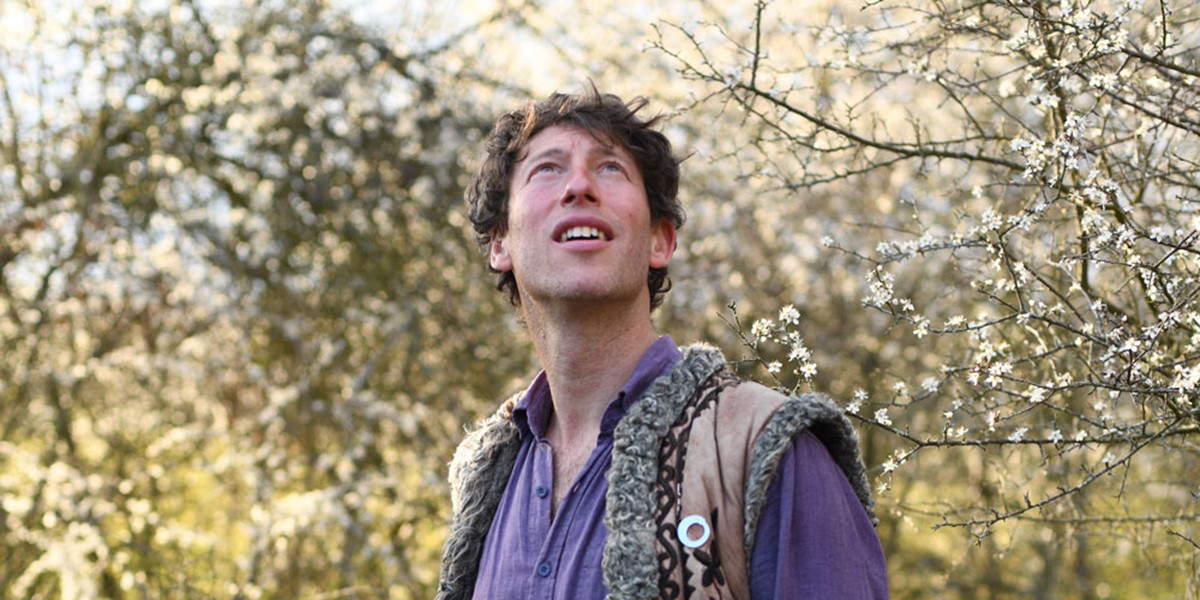Thursday, June 24, 2021
“Our musicality has been inspired and evolved in accordance with birdsong” | Sam Lee and the musical inspiration of nightingales
Folk singer, song collector, environmental campaigner and author Sam Lee talks to Simon Broughton about his passion for the nightingale and his quest to raise awareness about this endangered songbird


Register now to continue reading

Thanks for visiting the Songlines website, your guide to an extraordinary world of music and culture. Sign up for a free account now to enjoy:
- Free access to 2 subscriber-only articles and album reviews every month
- Unlimited access to our news and awards pages
- Our regular email newsletters

